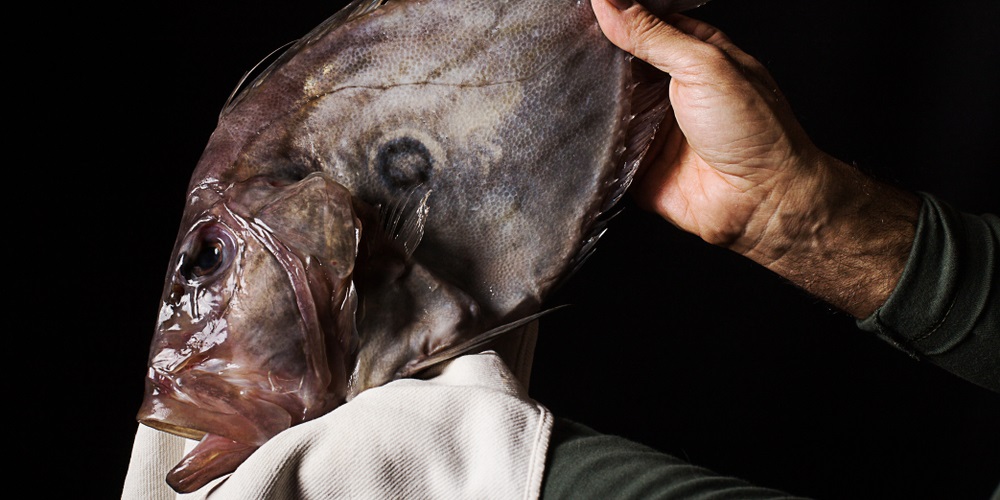In the Gospel of John, Chapter 21, the Resurrected Christ reveals himself to seven of the apostles, who had been out all night fishing to no avail. When the tired group sees Jesus on the shore, they do not recognize him at first, until he directs them to cast the net off the right side of the boat, where they ensnare a mighty haul of 153 “large” fish.
The accounts of the Gospel note that the apostles caught fish, and John goes so far as to give a very exact number, but he neglected to mention what kind of fish they enjoyed during breakfast with Jesus. It took a little sleuth work, but we’ve narrowed down the most probably main course for that early morning meal.
According to records, there are 27 species of fish in the Sea of Galilee and of these only 10 are prized by fishermen. These 10 species divide into three categories: the musht, the Kinneret Sardine, and the biny (or barbel). Of these the Kinneret Sardine is straight out, because it is generally too small to catch in a net and they were usually reserved for pickling, and we know that the apostles cooked their fish on the fire.
John described the fish caught in the apostle’s net as “large,” so we need to look at fish that are large enough to be caught in a net, while too big for the seven apostles to hoist out of the water. The biny is certainly large enough to be a candidate, as it they can grow to about 4 feet long and weigh up to 25 lbs. However, the biny requires bait to catch and thus it would require a hook and line rather than a net.
This brings us to the musht, a type of tilapia that exists in five species within the Sea of Galilee. One of these varieties reaches about a foot-and-a-half long, weighing in at 4-5 lbs. A haul of 153 musht could weigh upwards of 750 lbs, which could explain why the apostles could not pull the net from the water.

The musht is generally identified as the fish which Peter caught, to such extent that natives to the region refer to it as “St. Peter’s fish.” It was one of the most commonly caught fish of the biblical era and hauls of them would be brought in by net.
While it seems that the species that has traditionally been believed to be “St. Peter’s fish” is most likely the correct type, there is another explanation as to why St. John didn’t note the species of fish that they dined on. It is possible that the number 153 was symbolic of the direction Jesus’ post-Resurrection Ministry would take.
Peter and Vanessa Steffens note that at the time of the Gospel of John, there were only 153 known species of fish. Until this point, the Ministry of Christ had been focused on the people of Israel, but Jesus was preparing the apostles to begin their world-wide ministry, suggesting that the 153 fish symbolized all the people of the world. As the apostles were already the “fishers of men,” this means Christ could have been directing them to cast the net farther than just the lands of their births.

